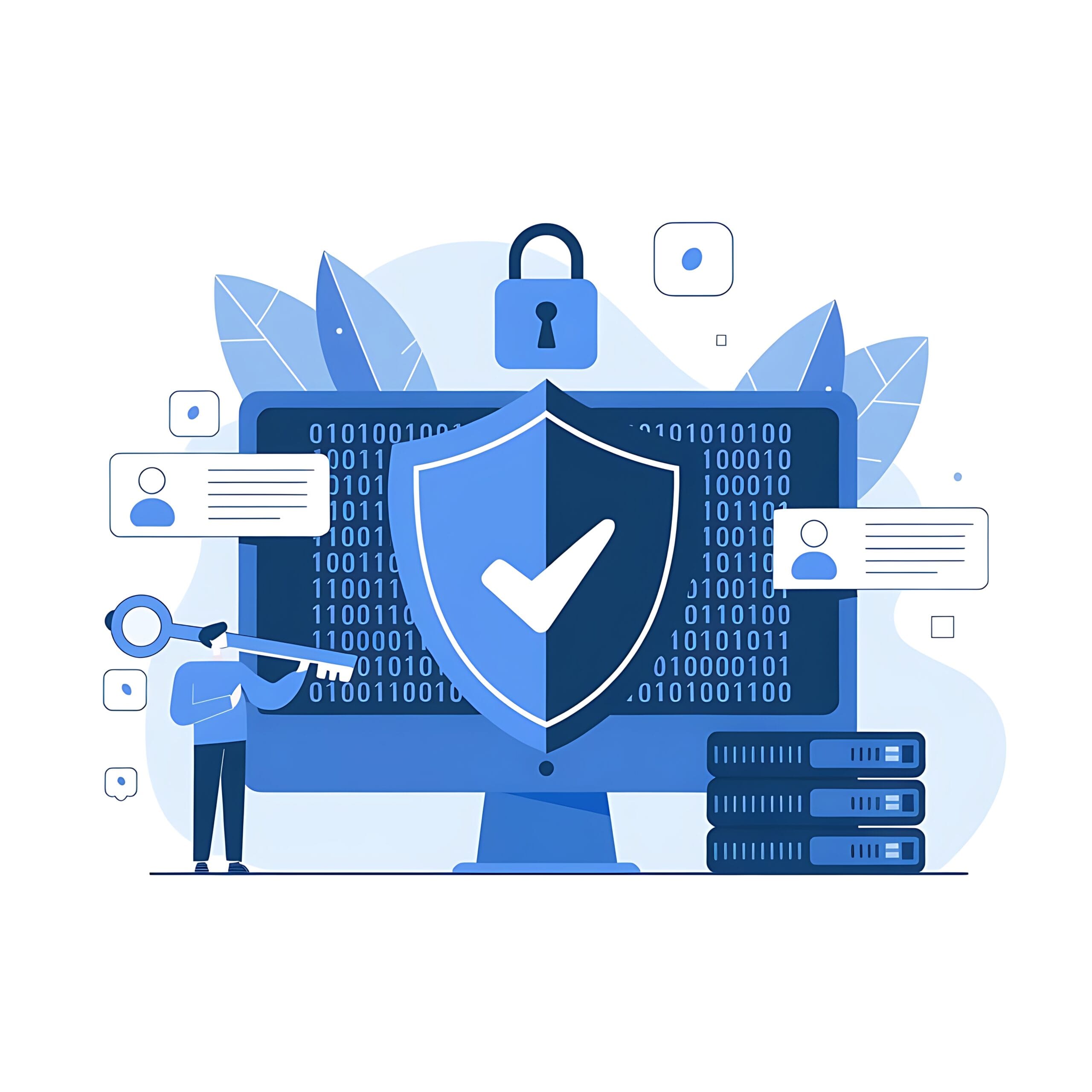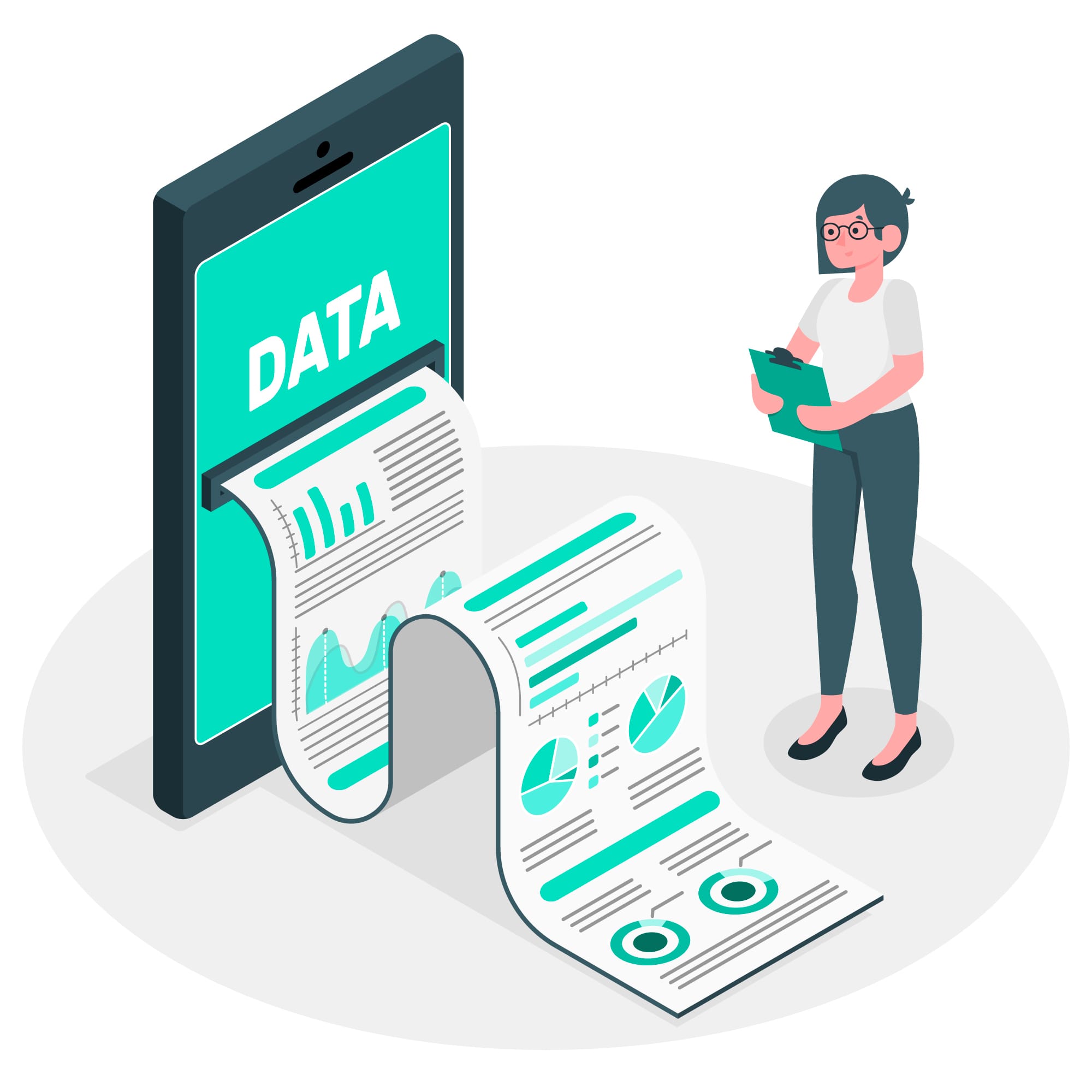
IT asset management software can save your business time and money. You’ve probably heard that before, but how exactly does it work? What is the purpose of IT asset management, and what are the key benefits for your business? More importantly, why should you invest in IT asset management software?
The answer lies in understanding the goals of IT asset management. Once you know what it’s helping you achieve, the value becomes much clearer.
The Goals of IT Asset Management
In 2024, IT asset management processes go far beyond simply assigning assets to employees. While tracking and creating an audit trail remains important, IT asset management strategy encompasses much more. Let’s explore the key goals of implementing IT asset management.
1. Save Time
One of the biggest areas where IT asset management software delivers value is time-saving. In the past, assigning and tracking IT assets often meant dealing with endless spreadsheets, which were cumbersome and prone to errors. Now, with modern software, assigning IT assets is a breeze.
With a proper IT asset management system, you can assign equipment to new employees during onboarding. This ensures your records are accurate from day one. When an employee leaves, you can quickly check off which assets have been returned, ensuring all equipment is accounted for.
Additionally, if an asset goes missing, the audit trail in your IT asset management software will show where the item was last seen, helping you retrieve it quickly. This streamlined process frees up time, allowing your team to focus on more important tasks.
2. Prevent Loss
Preventing loss is one of the core asset management objectives. Knowing who is using what, where, and when dramatically reduces the risk of assets being misplaced, even in remote or field operations.
For instance, if an employee leaves, the software allows you to instantly mark their assigned laptop as available. You can clean the data and reassign it to the next person, avoiding the need to purchase a new device. This prevents duplicate assets and ensures you maximize the use of each piece of equipment.
With IT asset management software, you can also track warranties and service agreements, ensuring your equipment is maintained properly, further reducing the risk of loss or damage.
3. Protect Data

Data protection is another significant goal of IT asset management. In today’s digital world, protecting sensitive information is crucial, and IT asset management processes play a vital role in this.
- Client Data: Safeguarding client data is essential for regulatory compliance, especially under laws like GDPR. IT asset management software allows you to track who has access to sensitive data, minimizing the risk of a breach.
- Employee Data: Protecting employee data is equally important. By managing access to devices and software, you can ensure that sensitive information remains secure and that only authorized personnel have access.
- Data Reporting: With comprehensive tracking, IT asset management software can generate reports that show which employees have accessed certain tools or data. This helps you maintain compliance with data protection regulations and ensures transparency across your organization.
4. Optimize Spending
Saving your spending is one of the huge asset management objectives. You can view your asset allocation in front of you with the help of IT asset management software, and hence you can avoid buying more than required, saving money from unnecessary purchases.
For example, your software development team may need high-performance, high-end laptops, while the sales team can work without problems on regular devices. IT asset management software informs you which team has what kind of equipment and whether some of the assets are underutilized or not used efficiently.
You can also track financial information like date of purchase, warranty, and service contracts to keep you abreast when your assets should be serviced or replaced. In this way, through early attention to these factors, you will avoid unplanned expenses and cut down on unnecessary spending.
5. Ensure Regulatory Compliance
As stated earlier, another important goal of IT asset management is to ensure your company remains compliant with different industrial standards. Your industry may compel you to align with GDPR, HIPAA, or any other law related to the protection of data privacy, pending what your industry may be. IT asset management software can assist in this direction by tracking and recording who has access to such data and assets so that your business always remains compliant.
Automation of all compliance-related tasks reduces the risk of punitive fines and other legal complications, so it offers peace of mind and protection for your company’s good name.
6. Improve Decision-Making
With an adequately designed and executed IT asset management strategy, you will have access to up-to-date information about your assets-actual usage, performance, and life cycle. Such information is crucial for informed decisions on investment in new technology, budgeting for future growth, or retirement of obsolete equipment.
For instance, it may provide insight into which hardware is reaching the end of its life so that you can schedule replacements before a breakdown occurs and therefore avoid the risks of costly downtime. It also prepares you for the future by being ready to act upon needs the moment they arise. IT asset management software empowers smarter, data-driven decision-making, enabling the optimization of resource allocation.
7. Increase Accountability and Transparency

Clear visibility and traceability mean that it will be clear to everyone who is responsible for which piece of equipment regarding IT assets. IT asset management processes are systems that provide the functionality to assign assets to given employees or teams; the latter can then take full responsibility for the equipment entrusted to them.
For any discrepancy, your IT asset management software provides you with a clear audit trail to backtrack where the issue related to assets may have originated from, so everyone takes responsibility. This level of transparency, on one hand preventing misuse, also helps in maintaining the integrity of the operations.
8. Facilitate Disaster Recovery
In this regard, it is very important to have effective IT asset management in order to plan for disaster recovery. A business needs to maintain an updated inventory of its entire IT assets including hardware and software, licenses, and their respective warranties, so that if there is a data breach, system failure, or a natural calamity, it would revert to what it had.
You will be able to create backups with the help of IT asset management software and restore critical assets with least delay to assure business continuity and not let your organization be caught off guard.
Why Use itemit for IT Asset Management?
At itemit, we built our tool with all of the above goals of IT asset management in mind. Whether you’re trying to save time, avoid loss, safeguard data, or gain better control over spending, our tool streamlines the process intuitively.
The combination of our user-friendly software with asset tags makes tracking and management of your IT assets pretty easy, hence achieving your objectives of IT asset management with ease. Looking to improve your asset management processes? Get in touch today to find out more about how itemit can benefit your business.
Understanding the broader goals of IT asset management will give the business the full value of IT asset management software. It is not about tracking the equipment but about optimizing the operations, reducing costs, ensuring compliance, and protecting data. The use of a tool like itemit will make reaching these goals an easy, smooth process.
Choose a better way to track your assets

Try itemit
Choose a better way to track
your assets.
Start your free 14-day trial now!

Keep Learning
itemit Blog
Tips, guides, industry best practices, and news.
What Is Active RFID? A Complete Guide to Smart RFID Tags
Discover what Active RFID is, how active tags function, and the key benefits and use cases that make this technology essential for modern tracking systems.
Everything You Need to Know About 2D Barcodes
Discover everything about 2D barcodes, including how they work, their benefits, and how they are revolutionizing industries and improving business operations
Complete Guide to Asset Lifecycle Management and Its Benefits
Learn about asset lifecycle management and how it helps businesses optimize asset usage, reduce costs, and improve efficiency throughout the asset’s life.



